UNIT I TRANSMISSION LINE PARAMETERS
Structure of electric power system – Parameters of single and three phase transmission lines with single and double circuits -Resistance, inductance, and capacitance of solid, stranded, and bundled conductors – Typical configuration, conductor types – Symmetrical and unsymmetrical spacing and transposition – application of self and mutual GMD; skin and proximity effects – Effects of earth on the capacitance of the transmission line – interference with neighboring communication circuits.
UNIT II MODELLING AND PERFORMANCE OF TRANSMISSION LINES
Performance of Transmission lines – short line, medium line and long line – equivalent circuits, phasor diagram, attenuation constant, phase constant, surge impedance – transmission efficiency and voltage regulation, real and reactive power flow in lines – Power Circle diagrams – Ferranti effect – Formation of Corona – Critical Voltages – Effect on line Performance.
UNIT III SAG CALCULATION AND LINE SUPPORTS
Mechanical design of overhead lines – Line Supports –Types of towers – Tension and Sag Calculation for different weather conditions – Methods of grounding – Insulators: Types, voltage distribution in insulator string, improvement of string efficiency, testing of insulators.
UNIT IV UNDERGROUND CABLES
Underground cables – Types of cables – Construction of single-core and 3-core belted cables – Insulation Resistance – Potential Gradient – Capacitance of single-core and 3-core belted cables – Grading of cables – Power factor and heating of cables– DC cables.
UNIT V DISTRIBUTION SYSTEMS
Distribution Systems – General Aspects – Kelvin’s Law – AC and DC distributions –Concentrated and Distributed loading- Techniques of Voltage Control and Power factor improvement – Distribution Loss – Types of Substations – Trends in Transmission and Distribution: EHVAC, HVDC and FACTS (Qualitative treatment only).




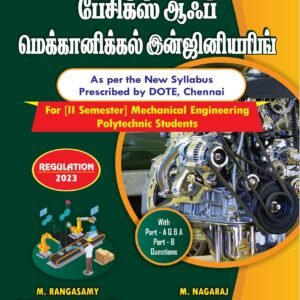







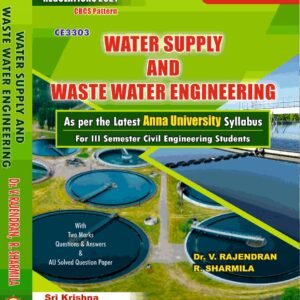
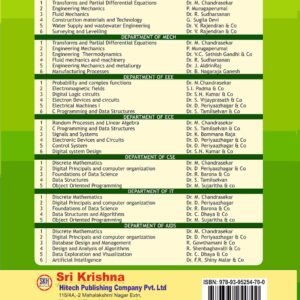

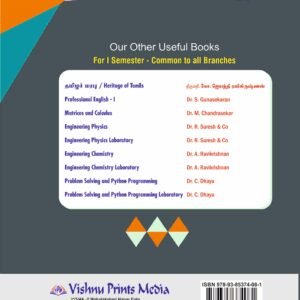

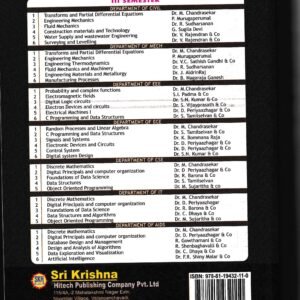



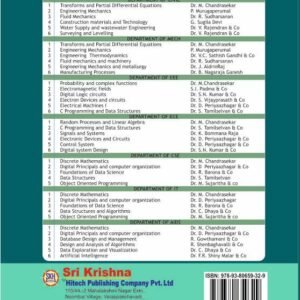
Reviews
There are no reviews yet.